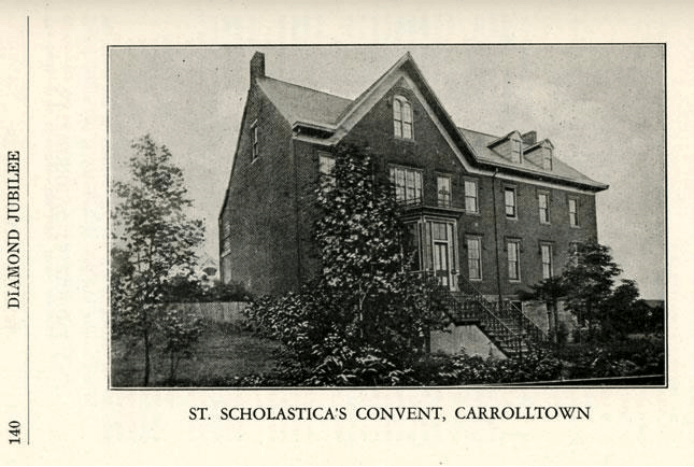Our History
By the 1800s almost all Native Americans had been forced to live on reservations.
1870
The Journey Begins
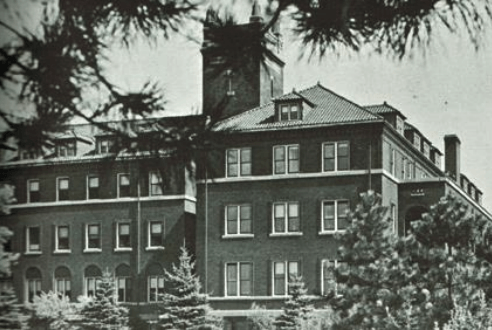
It was 1870, only five years after the Civil War, and Reconstruction was well underway.
Fortunes were being made in oil, on railroads, and in iron and coke mines. The lives of George Bissel, Rockefeller, Vanderbilt, Durant and Carnegie were already decorated. Their homes had bathrooms, they played tennis, and sent their children to private schools in custom-made clothes. But, for most people, especially immigrants flocking to America by the thousands, life was very different. For them, the “Gilded Age” was a time of great hardship.
1871
Official Motherhouse, St. Scholastica
1880s
The Sisters Leave for the City
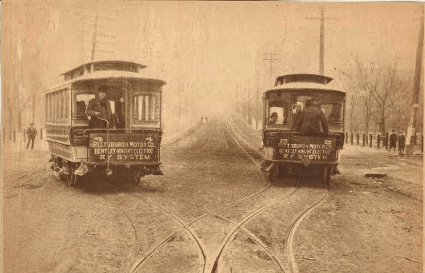
Early1920s
Sisters Help Pittsburgh Find Its Faith
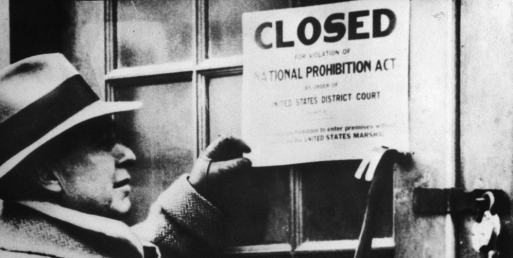
Late1920s
A New House for the Sisters

1940s
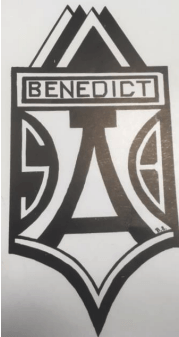
Enrollment Numbers Grow
1960s
Vatican Council II
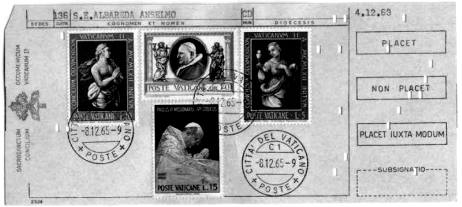
No history of the Sisters would be complete without referencing the significance of Vatican ll. Suddenly, the lives of the Sisters were changed. Gone were the strict rules of silence, isolation and discipline. Gone was the Latin Mass few could interpret. Gone was the physical attire – heavy habits, coifs and veils. Sisters were suddenly permitted to interact with the wider community of individuals and families they most wanted to help. In place of the strict discipline and rules of obedience were a new form of self-governing (discernment), and independence. This new freedom was paramount to the Sisters fulfilling their destiny. The diary of one Benedictine Sister reads: “1966-72 Years of experimentation and change involving habit, budget, silence, Council, ministry, government on the local level, visits home, community life, formation and prayer.”
1962 - 1974 Sister Pauline Stevens
1974 - 1978 Sister Demetria King
1978 - 1982 Sister Bernadine Hemberger
1982 - 1990 Sister Michelle Farabaugh
1980s
St. Benedict Academy Closes
In 1984 with enrollment numbers down and the cost of maintaining an academy going up, the Sisters decided to close St. Benedict Academy. The closure was scheduled for the following year. After St. Benedict Academy closed, the building became a center for human services. The bottom floor was leased to a program for senior citizens and adult day care. Within two years, the top floors were occupied by single women and their children placed in transitional housing by North Hills Affordable Housing (later known as HEARTH.)
During a Community meeting in 1985, the Sisters adopted the moniker, Benedictine Sisters of Pittsburgh.
1982 - 1990 Sister Michelle Farabaugh
1990 - 2002 Sister Roberta Campbell
2000s
The Journey Continues

After 10 years, the cost of maintaining the 85-year-old monastery and academy buildings became exorbitant for a Community that was beginning to age. Following many discussions during 2011, the Sisters held a Community meeting and the decision was made to close the buildings, sell the property, and rebuild a more suitable monastery at a new location.
After visiting property after property all over Allegheny County, the Sisters decided their new home would be built on a horse farm in Bakerstown, Pennsylvania. With funds raised from a capital campaign, over the course of three years a new monastery was built. Attention was paid to the fine details and needs of an aging and significantly smaller community than that seen 40 years before.
On April 22, 2013, the Sisters, led by their Prioress, Sister Benita DeMatteis, relocated to St. Benedict Monastery in Bakerstown, Pennsylvania.
Your support can transform lives today and in future generations.
The Benedictine Sisters of Pittsburgh participate in shareholder engagement activities that strive to change the way companies address environmental, social, and governance (ESG) issues.”



